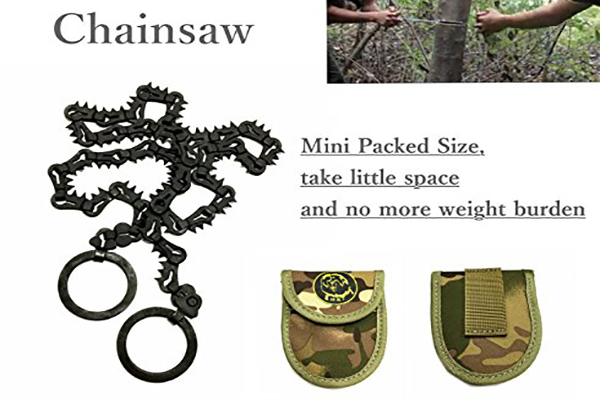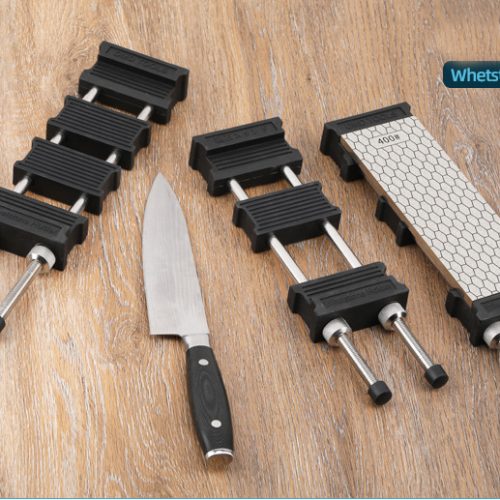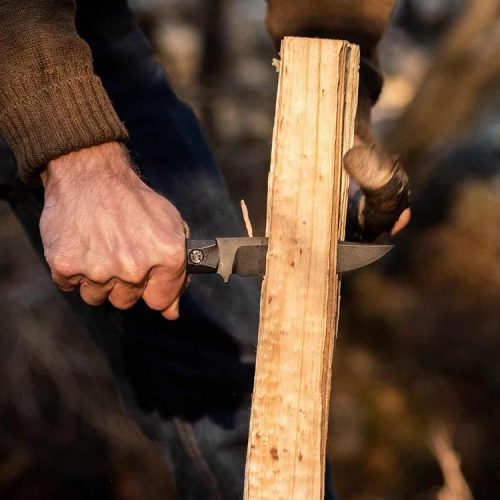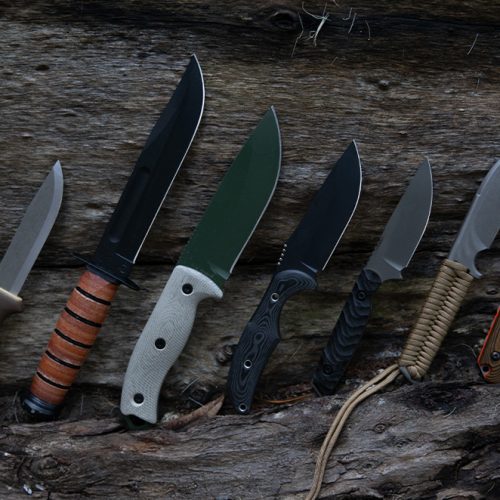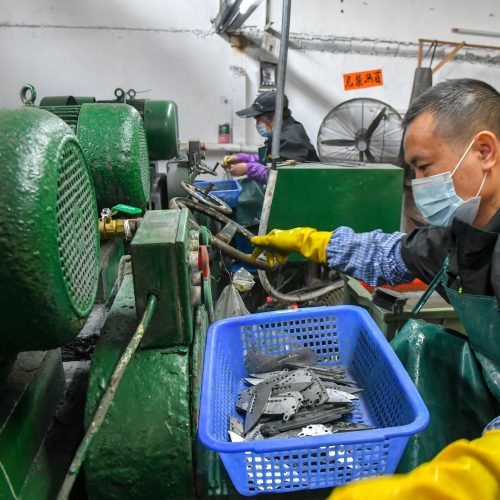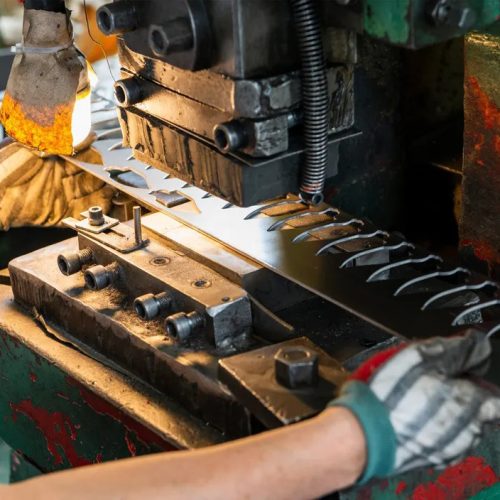A truly sharp knife transforms every outdoor experience, whether you’re field dressing game, preparing camp meals, or crafting wilderness tools. This comprehensive guide reveals professional sharpening techniques that will keep your outdoor knives performing at their peak.
Understanding Knife Edge Geometry
- Edge Angle Fundamentals
- 15-17°: Ultra-sharp edges for precision cutting (best for filleting/skinning)
- 20-22°: Balanced edges for general outdoor use (optimal for most hunting knives)
- 25°+: Durable edges for heavy-duty tasks (ideal for survival/bushcraft knives)
- Bevel Types Explained
- V-edge: Classic symmetrical grind for versatile use
- Convex edge: Curved grind excels at wood processing
- Hollow grind: Razor-sharp but less durable for hard use
- Chisel grind: Single-bevel design for specialized tasks
Professional Sharpening Systems Compared
Whetstones (Best for Purists)
- Pros: Ultimate control, perfect for field maintenance
- Cons: Steep learning curve, requires practice
- Recommended grit progression: 400 → 1000 → 3000 → 8000
Guided Systems (Best for Consistency)
- Pros: Perfect angles every time, great for beginners
- Cons: Less portable, more expensive
- Top choice: Precision-adjustable systems with angle guides
Electric Sharpeners (Best for Convenience)
- Pros: Fast results, minimal skill required
- Cons: Can remove too much material if misused
- Smartex recommendation: Use only for quick touch-ups
Field Sharpening Solutions
- Compact diamond stones
- Ceramic rods
- Portable strops with compound
Step-by-Step Sharpening Process
- Preparation Phase
- Clean blade thoroughly
- Select proper grit sequence
- Set up stable work surface
- Sharpening Technique
- Maintain consistent angle (use angle guide if needed)
- Apply even pressure throughout stroke
- Alternate sides regularly
- Develop muscle memory through repetition
- Finishing Touches
- Progress through finer grits
- Strop with leather and compound
- Test edge with paper or hair
Advanced Sharpening Tips
- Use marker trick to visualize angle consistency
- Employ microscope or loupe to inspect edge
- Learn to feel for burr formation
- Master micro-beveling for edge longevity
Common Sharpening Mistakes to Avoid
- Angle Inconsistency
- Causes uneven edge wear
- Solution: Use guide or develop muscle memory
- Overheating the Blade
- Compromises temper
- Solution: Use light pressure, cool frequently
- Skipping Grit Progressions
- Results in poor edge refinement
- Solution: Follow proper sequence
- Neglecting the Entire Edge
- Creates “smiling” or “frowning” blades
- Solution: Use full-length strokes
Smartex Outdoor’s Sharpening Recommendations
Our field-tested sharpening kits include:
- The Precision Pro Kit (complete whetstone set)
- Field Sharpener (compact diamond/ceramic combo)
- Maintenance Bundle (strops and compounds)
Edge Maintenance Between Sharpening
- Daily Care
- Wipe blade after use
- Lightly oil when storing
- Use honing rod regularly
- Field Maintenance
- Carry pocket stone
- Use natural strops (leather belt)
- Avoid cutting hard surfaces
Conclusion
Mastering knife sharpening is a fundamental skill for any outdoor enthusiast. With proper technique and quality tools from Smartex Outdoor, you can maintain razor-sharp edges that enhance every wilderness experience. Visit our sharpening section to equip yourself with professional-grade tools and take your knife maintenance to the next level.

